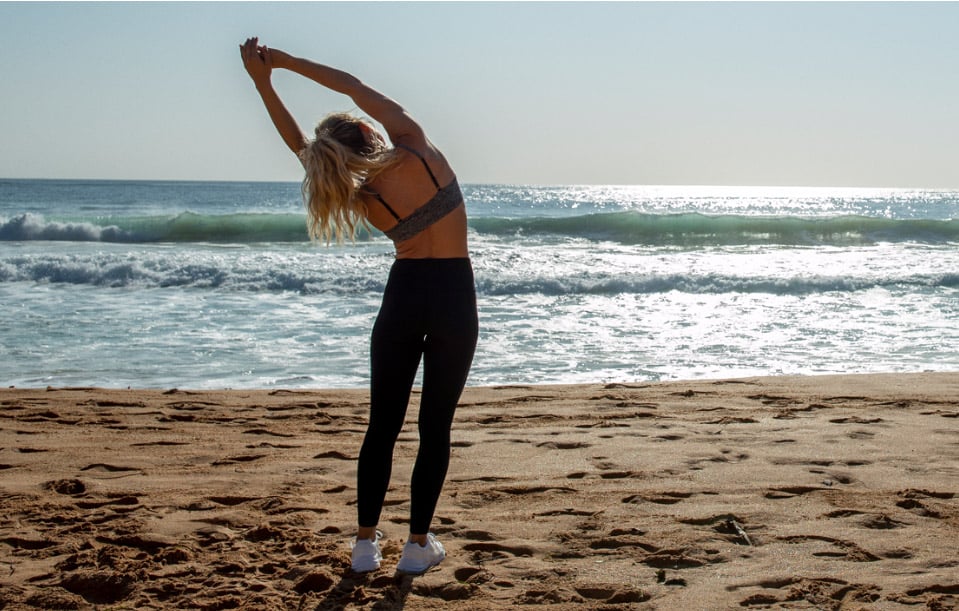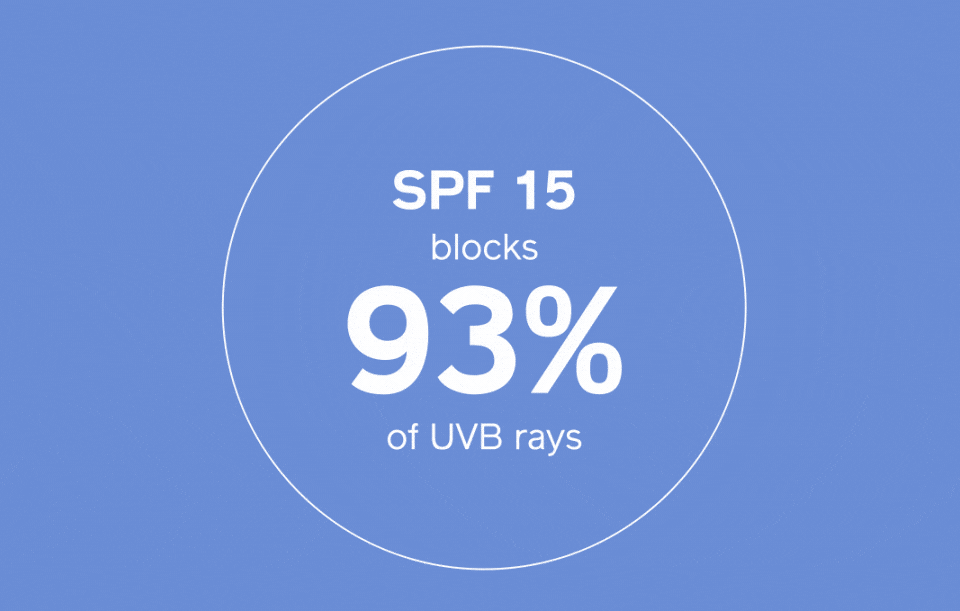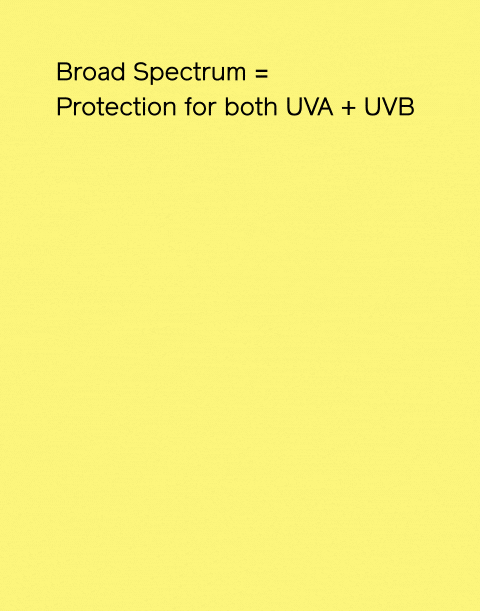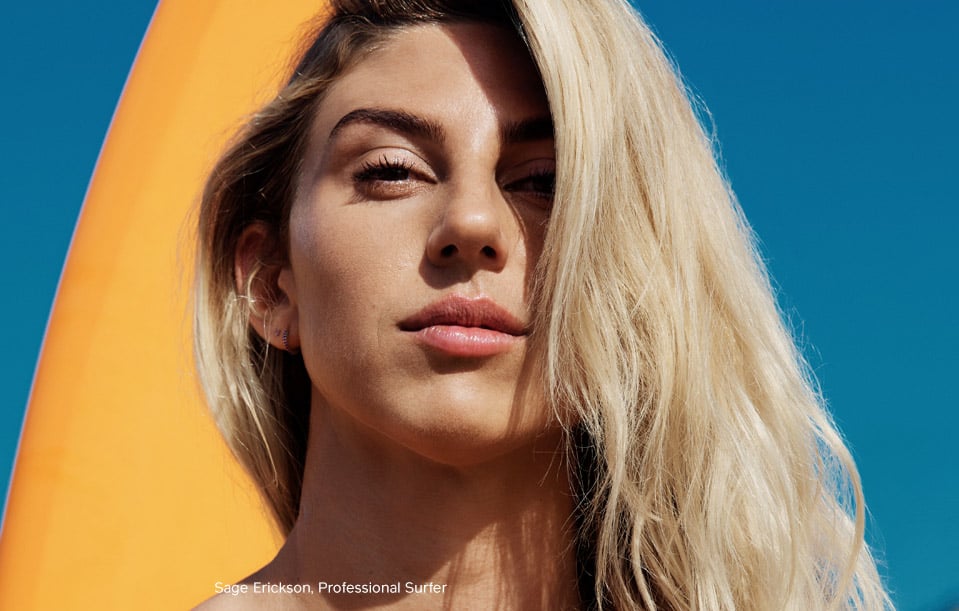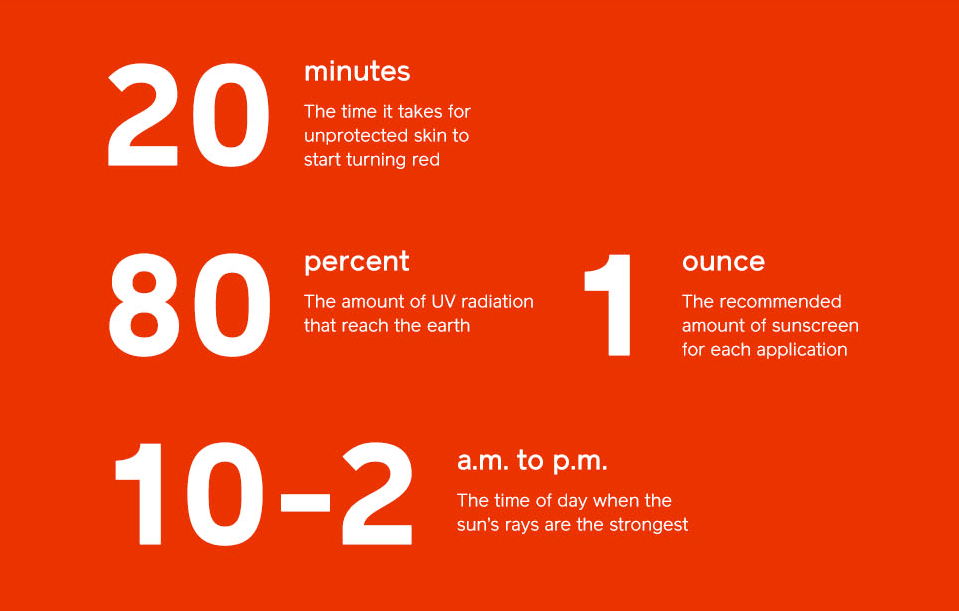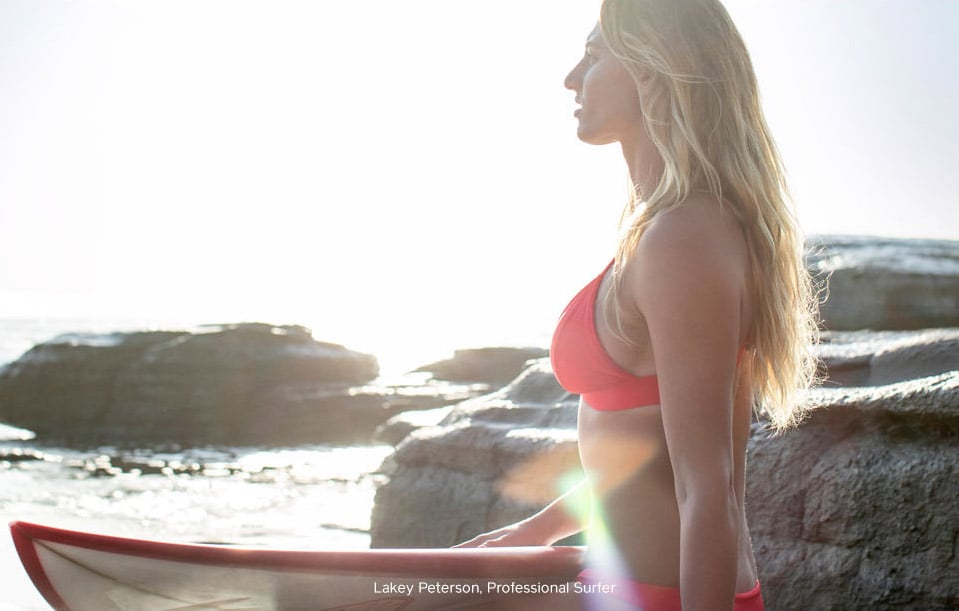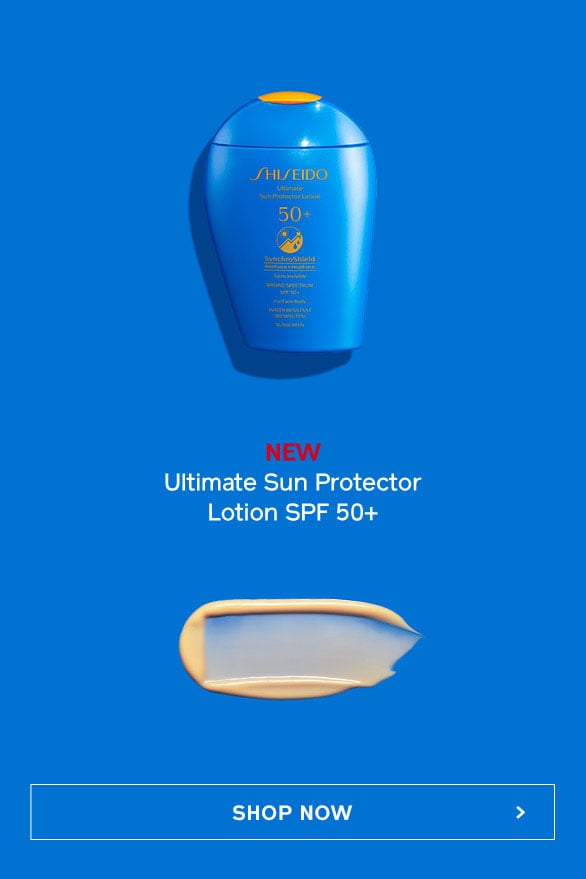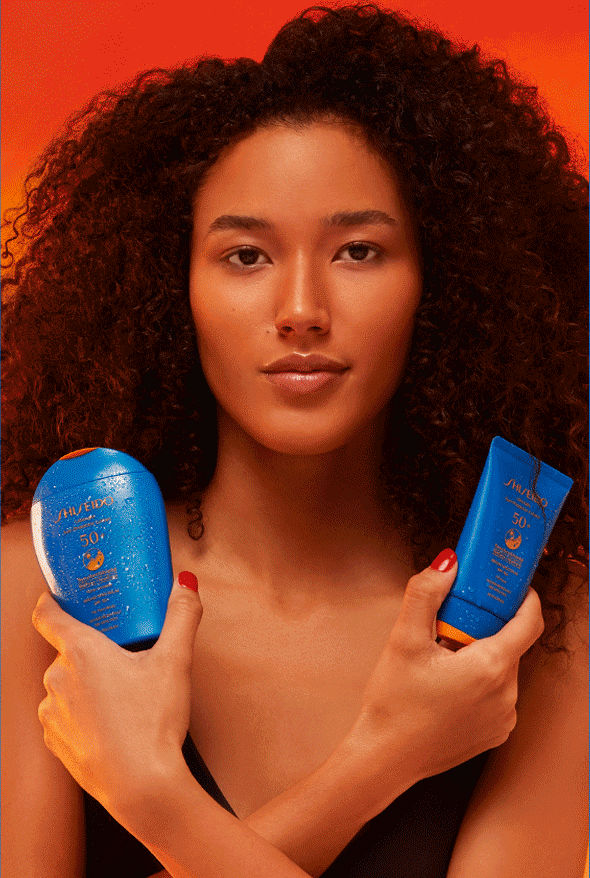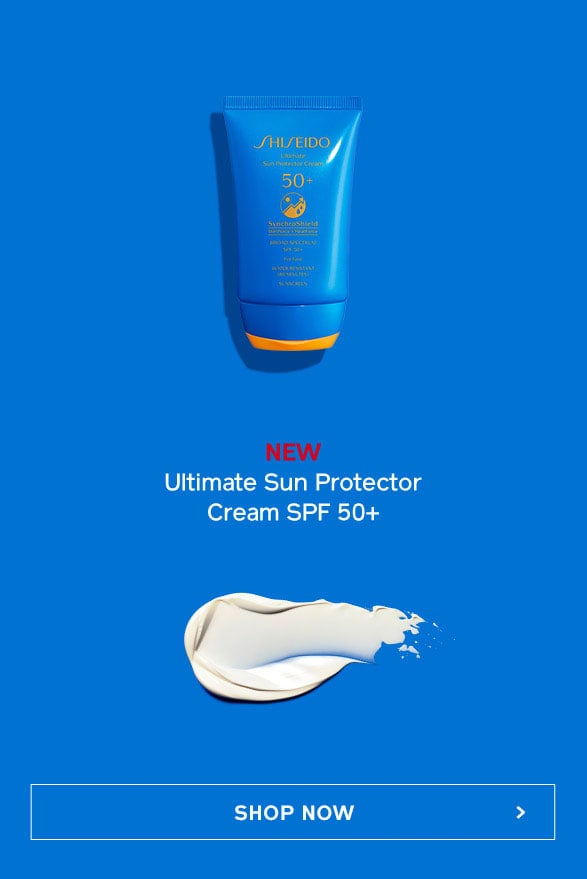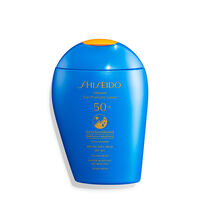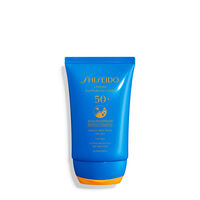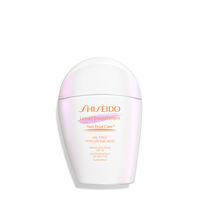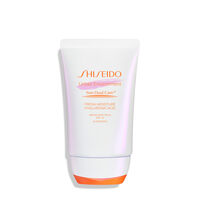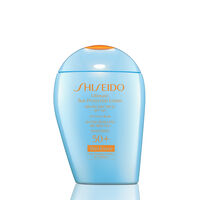

Sun Safety 101
What is SPF?
All you need to know about sun exposure
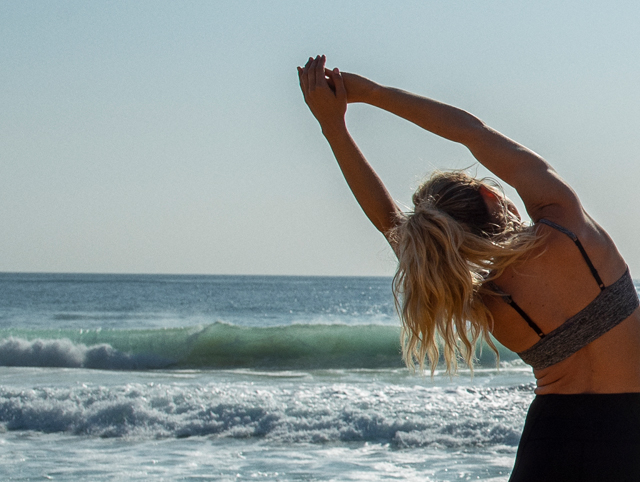

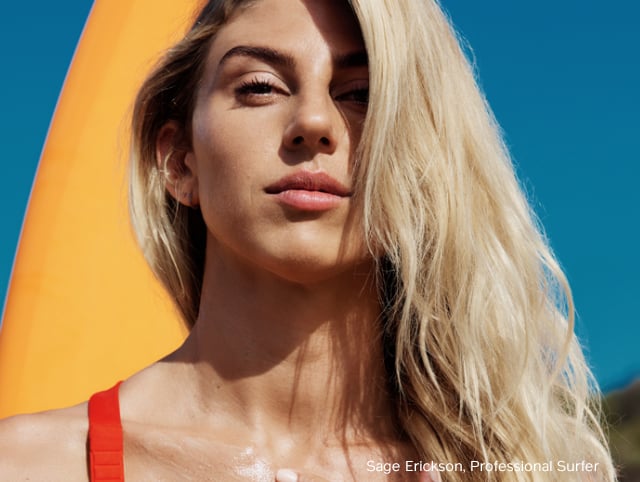

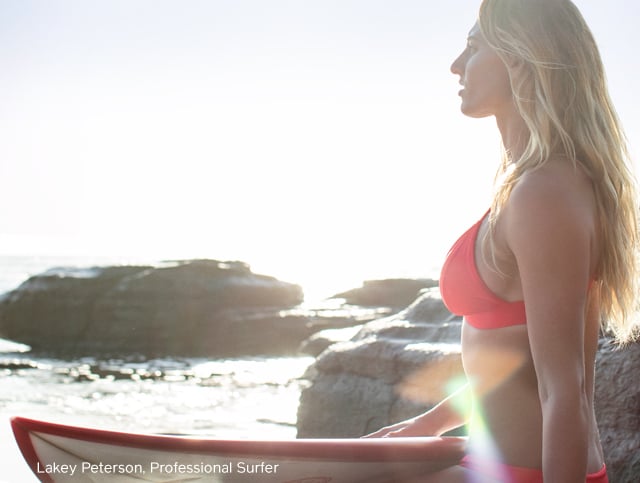

How to Apply Sunscreen
Because every day is a sun day
WHO

Everyone needs SPF, no matter your skin tone
WHEN

Always.
UV rays are present year-round and can pass through car,
airplane and office windows
WHERE

On all exposed skin (even eyelids, hands, back of the knees, and lips)
HOW

Apply one ounce for the entire body and a nickel-sized dollop for the face, and reapply every 2 hours or post‑swim
WHY

Wrinkles, dark spots, uneven skin tone, and skin cancer. Need we say more?

WHO
Everyone needs SPF, no matter your skin tone

WHAT
Always. UV rays are present year-round and can pass through car, airplane and office windows

WHERE
On all exposed skin (even eyelids, hands, back of the knees, and lips)

HOW
Apply one ounce for the entire body and a nickel-sized dollop for the face, and reapply every 2 hours or post‑swim

WHY
Wrinkles, dark spots, uneven skin tone, and skin cancer. Need we say more?
The Shiseido Difference
Innovation and science you won’t find elsewhere
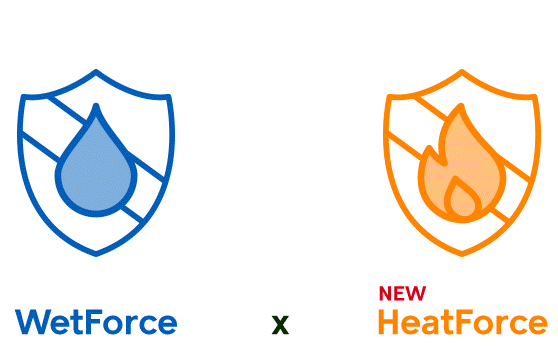
Our newest SPF innovation builds on our popular
WetForce
technology with the addition of HeatForce.
Together they create SynchroShieldTM,
an
invisible, lightweight protective veil that’s
strengthened* by water
and heat.
* HeatForce technology is activated on hot days, after the formula is applied to the skin.
The sunscreen’s WetForce capabilities
begin once it senses water or perspiration on
skin.
To activate WetForce technology, expose the area where lotion has been
applied to water for 30 minutes, or expose to perspiration for 30 minutes. This formula
is water-resistant for 80 minutes.
Our Suncare History
Over 100 years of UV research & innovation
Shiseido begins research into UV protection.
Shiseido launches its first sunscreen:
Uviolin.
“Shiseido Sunscreen” displays an SPF number
—the 1st company in Japan to do so.
Shiseido sunscreen includes a PFA number,
which measures the UVA protection factor.
Shiseido develops Anessa, a specialized line of
sun protection products with powerful
UV-blocking
technology and skincare ingredients.
Shiseido develops a sunscreen that can be
washed away with regular cleanser.
Typically, oil-based
cleansers were needed to
remove stubborn physical sunscreen ingredients.
Shiseido develops SuperVeil-UV360TM technology
which ensures uniform UV protection from all
angles.
Shiseido launches its WetForce technology,
which becomes activated when in contact with
water,
creating a stronger UV protective veil.
Shiseido innovates with HeatForce. Together with
WetForce, they deliver
ultimate broad-spectrum
protection that is strengthened by water and heat.
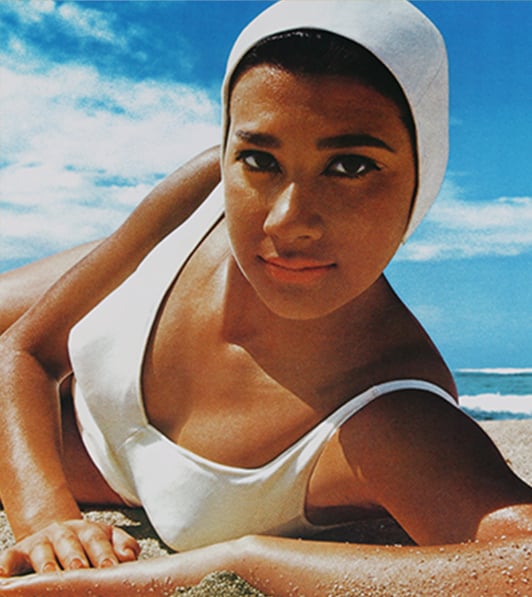

1915
Shiseido begins research into UV protection.
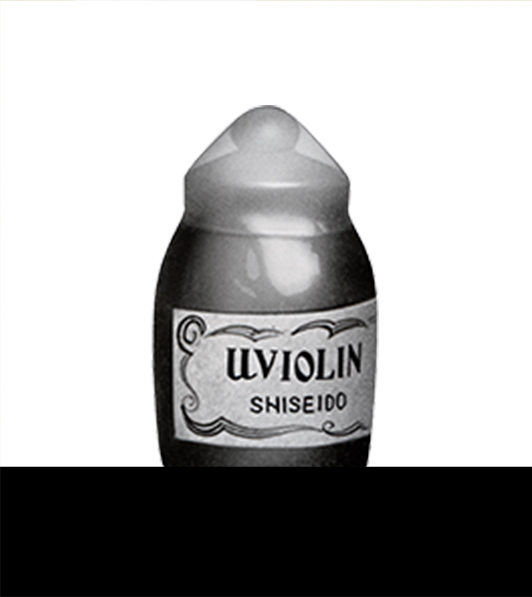
1923
Shiseido launches its first sunscreen:
Uviolin.
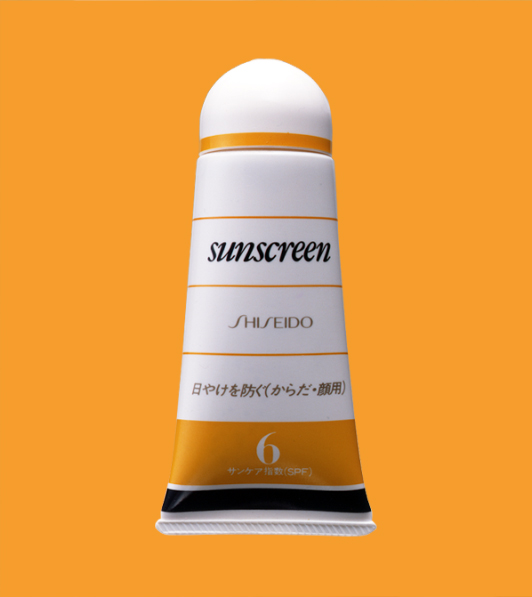
1980
“Shiseido Sunscreen” displays an SPF number
—the 1st company in Japan to do so.
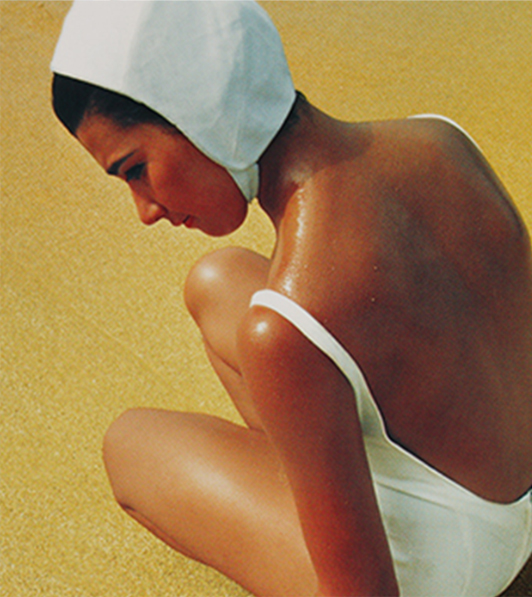
1986
Shiseido sunscreen includes a PFA number,
which measures the UVA protection factor.
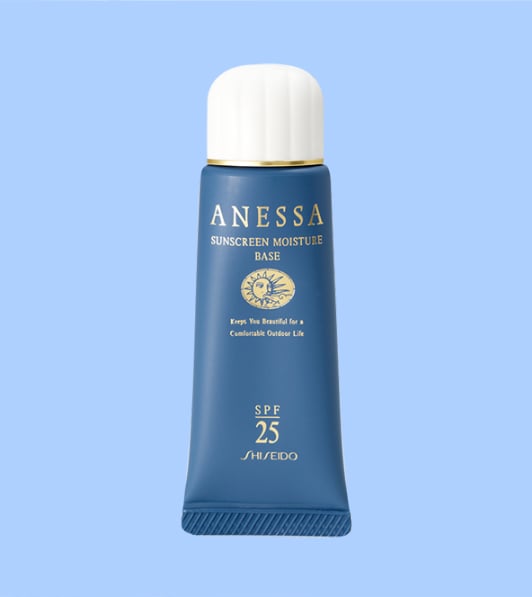
1992
Shiseido develops Anessa, a specialized line of
sun protection products with powerful
UV-blocking
technology and skincare ingredients.
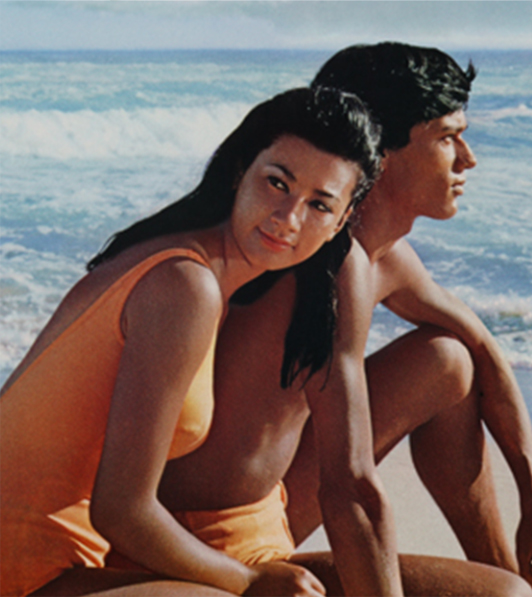
2004
Shiseido develops a sunscreen that can be
washed away with regular cleanser.
Typically, oil-based
cleansers were needed to
remove stubborn physical sunscreen ingredients.
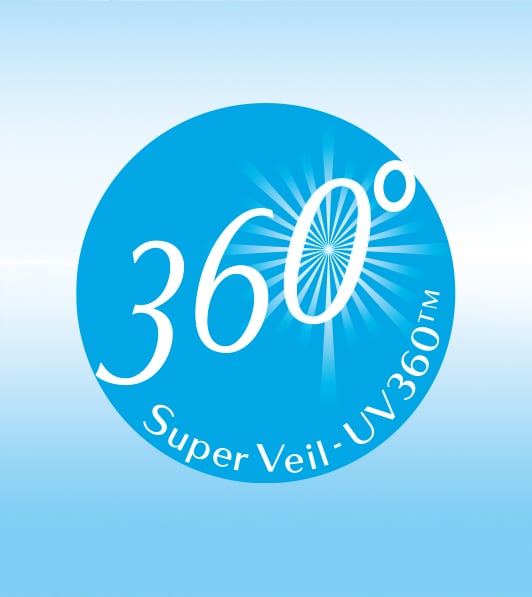
2012
Shiseido develops SuperVeil-UV360TM technology
which ensures uniform UV protection from all
angles.
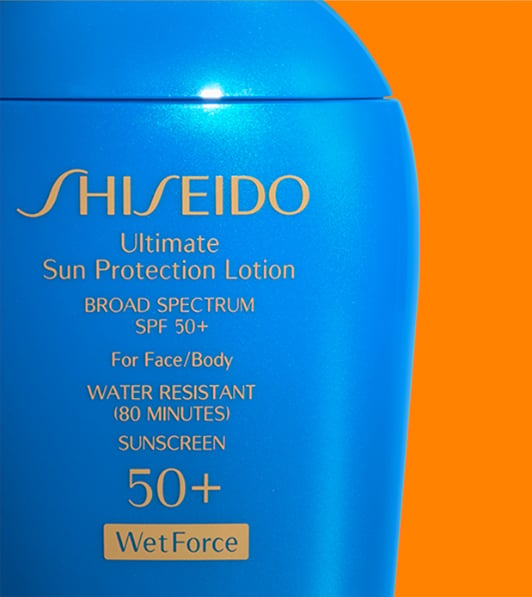
2015
Shiseido launches its WetForce technology,
which becomes activated when in contact
with water,
creating a stronger UV protective veil.
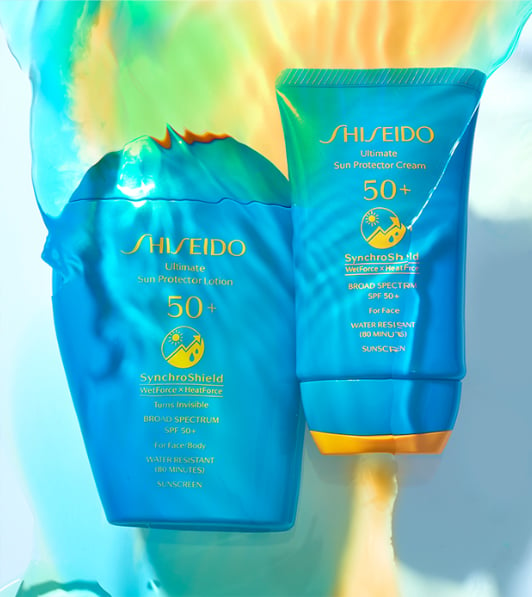
2020
Shiseido innovates with HeatForce. Together with
WetForce, they
deliver ultimate broad-spectrum
protection that is strengthened by water and heat.
Shop the Shiseido Sunscreen Collection
ACTIVE
Ultimate protection that keeps pace
with active and outdoor lifestyles
EVERYDAY
Lightweight formulas to make sunscreen
a part of your daily routine
SENSITIVE SKIN & KIDS
SENSITIVE SKIN & KIDS
A gentle, broad-spectrum, mineral sunscreen
that’s free of fragrance, alcohol, and
parabens
Sunscreen & Suncare
Frequently Asked Questions
1. What is SPF and what does it stand for?
SPF Stands for Sun Protection Factor. SPF is a measure of how long a sunscreen will protect skin from UVB rays.
2. What is UVA and UVB?
UVA causes skin aging and UVB rays are responsible for sun burns. More than 90% of visible skin aging is caused
by the sun.
3. How long does it take to develop a sunburn?
It takes 20 minutes for unprotected skin to turn red.
4. How much sunscreen should I use?
1 Ounce is the recommended amount of sunscreen for each application.
5. When is sun the strongest?
The sun's rays are strongest between 10 am - 2 pm.
6. How much UV radiation reaches the earth?
80%.
7. Who should apply sunscreen?
Everyone should apply sunscreen.
8. When should you apply sunscreen?
You should always apply sunscreen. UV rays are present year-round and can pass through car, airplane and office
windows.
9. Where should you apply sunscreen?
You should apply sunscreen on all exposed skin (even eyelids, hands, back of the knees, and lips).
10. How should you apply sunscreen?
You should apply one ounce of sunscreen for the entire body and a nickel-sized dollop for the face and reapply
every 2 hours or post swim.
11. Why should you apply sunscreen?
Wrinkles, dark spots, uneven skin tone, and skin cancer. Need we say more?
